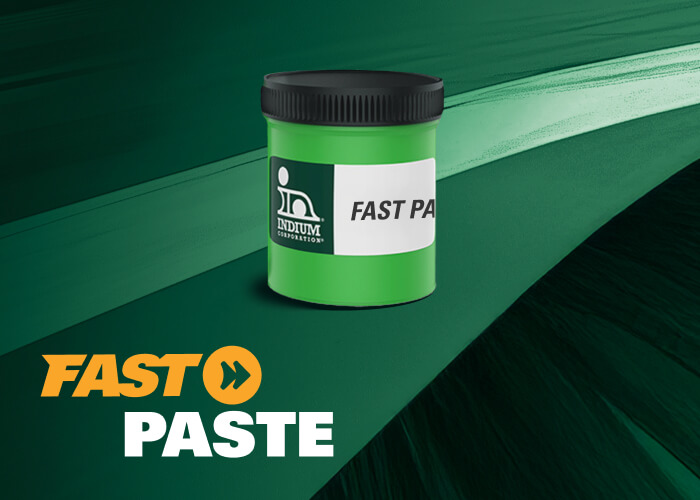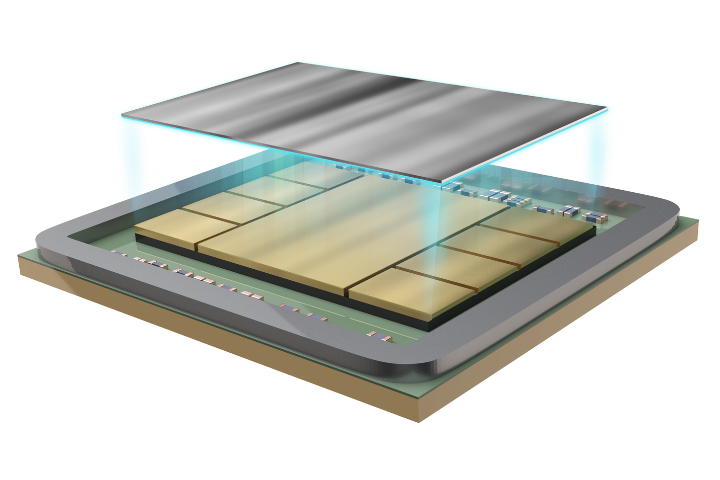SaveSave
Versatility of Indium
Phil Zarrow: This video is about the versatility of indium when alloyed with other metals. It will give the viewer a range of temperatures of typical alloys that reside in those ranges.
Carol, indium's been long known as being a very versatile metal, almost fun with regard to some of the applications and properties. What are some of those properties?
Carol Gowans: It is a very fun and exciting material, and in all my years at Indium, I'm always amazed at how it adapts itself to the new technologies because of its properties. For example, it compensates for CTE mismatch, it works in harsh environments like cryogenic environments, it will bond to ceramics, it inhibits gold bleaching. It's also really good with thermal fatigue and has fantastic thermal conductivity properties.
Phil Zarrow: Let's talk about the temperature properties a little bit further.
Carol Gowans: Indium is one of those materials that operates very well in a wide variety of temperature ranges –all the way from 25 degrees C, which is basically room temperature, up to the brazing alloys which are over 400 degrees C.
Phil Zarrow: What are some of the low temperature alloy options, Carol?
Carol Gowans: There's a lot of good low temperature options starting with indium gallium, which is a liquid at room temperature – used a lot in thermal applications. Then you go up to alloys which are 50% indium, 52% indium, which are Indalloy 1 and Indalloy 1E. They operate in the 120 degree C range. Then, pure indium, which melts at 157 degrees C and also Indalloy 290, which is 97 indium 3 silver, also in that same temperature range.
Phil Zarrow: There are indium-bearing alloys that are recognized as a drop-in for Sn63. What can you tell us about those?
Carol Gowans: Yes, one in particular is Indalloy 227, which is 20% indium, and that reflows at 175 degrees C, plus, it gives a little extra strength to the alloy in the soldering process.
Phil Zarrow: Where could we get further information about Indium alloys?
Carol Gowans: Well, as always, you can go to www.indium.com, and there are several pages there that would go over what we've talked about today – a cryogenic page; a high temperature, low temperature page; a brazing page; and several other things that you can just find all kinds of information about this fantastic material.
Phil Zarrow: Carol, thank you very much.
Carol Gowans: Thank you, Phil.



